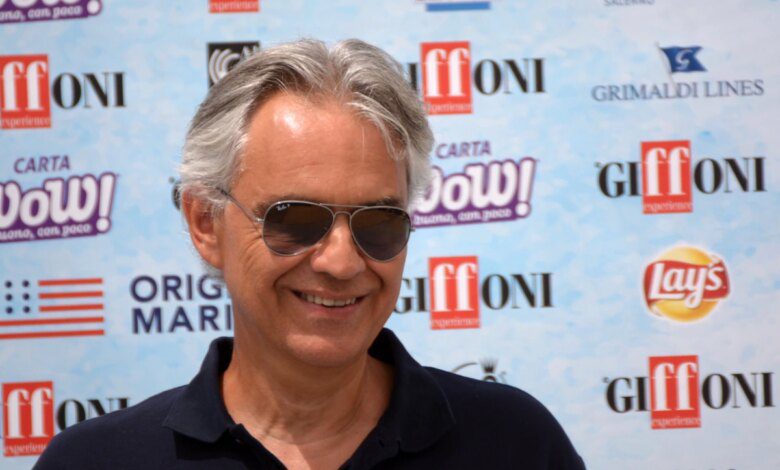
“Nothing could be done”: Andrea Bocelli on his struggle with disability
The Italian singer did not let congenital glaucoma interfere with his success. He became known throughout the world thanks to his amazing voice, writes Express.
The Italian tenor, who captivated everyone with his unique performance of opera and pop music, lost his sight at the age of 12. But he had vision problems before, as he was diagnosed with congenital glaucoma as a child.
Italian tenor Andrea Bocelli.
Congenital glaucoma, also known as childhood glaucoma, is a rare condition that can occur in infants and young children. Despite his vision problems, Andrea began taking piano lessons at the age of six and later played the flute and saxophone.
Six years later, his life took an unexpected turn. At the age of 12, he became completely blind after suffering a cerebral hemorrhage following a football accident.
Boceli said: “As a child I was very lively and uncontrollable, I loved to play football, and one day during a match I was hit hard in the face by a ball in my right eye, the only eye in which I could see light and color. The doctors tried to cure me with various operations, out of desperation they also applied leeches, but they could not do anything.”
With an ongoing passion for music, Bocelli refused to give up on his dream and began learning to read music in Braille. A few years ago, Bocelli shared with his fans how he manages to play music: “There are parts that are easier to learn, for which I use my ear a lot, but for more difficult parts I use the Braille score, and when I have something to learn, I ask my pianist Carlo to come to my work every day"
Like other forms of glaucoma, congenital glaucoma can be divided into primary and secondary.
Primary congenital glaucoma occurs when the condition is not the result of another condition or disease, while secondary congenital glaucoma develops as a result of injury or disorder.
According to Specsavers, some of the signs of possible vision problems in children are not obvious.
In childhood glaucoma, symptoms may include:
- Unusually large eyes due to high blood pressure
— The cornea (the clear front part of the eye) may appear cloudy
- Your child may also have increased tearing and light sensitivity (closing one or both eyes when exposed to light).
– There may be signs and symptoms that indicate poor peripheral vision (such as running or hitting objects)
— Some children with glaucoma may complain of discomfort or pain in the eye when intraocular pressure rises rapidly.
— Babies with this condition may become irritable and refuse to eat.













